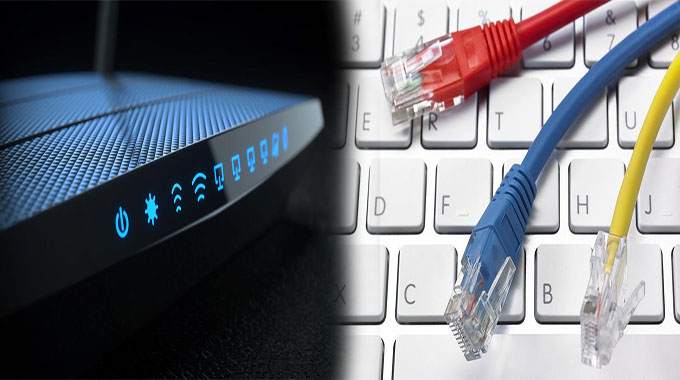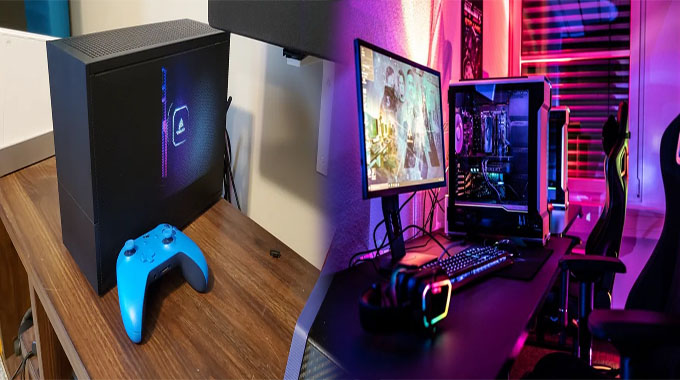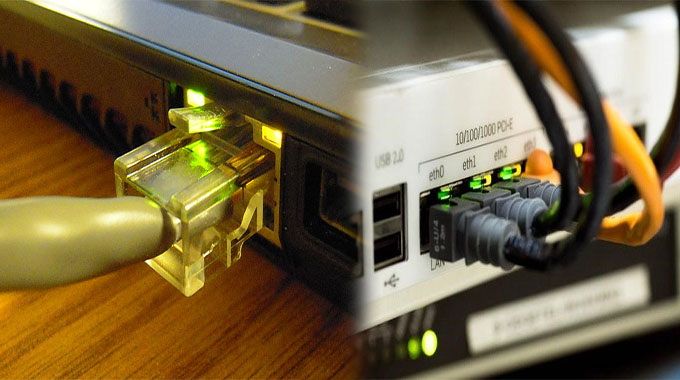10 Tips For A Successful Home Network
Having a secure, fast and reliable home network is critical to the enjoyment of everyday life at home. Here are some tips to help you get the most out of your home network.
Plan your network
Planning your network is a critical step in setting up your home network. It will save time and money, and it can help you avoid problems later on. Planning the layout of your home network also gives you an opportunity to get the most out of it by choosing the right placement for devices like routers and modems so that they’re accessible by all computers in the house.
Planning Your Network Layout
Choose a wired or wireless network
- Choose a wired or wireless network.
- A wired network is more secure and reliable, but it requires more setup and maintenance. A wireless network is convenient, but it’s more vulnerable to hacking.
- If you choose to go with a wireless option, make sure that the router has WPA2 encryption enabled by default (or at least turn on MAC address filtering). This will prevent unauthorized devices from connecting to your Wi-Fi.
If possible, avoid using public hotspots when working on sensitive tasks like online banking or shopping; these can be hacked easily via malware installed on other users’ computers or through fake Wi-Fi networks set up by hackers nearby.*
Secure your Wi-Fi with a password
- Use a password you don’t use anywhere else.
- Make it hard to guess.
- Don’t use a dictionary word.
- Don’t use your name, birthdate, or any other information that can be easily guessed.
- Don’t use the same password for multiple accounts (e.g., email and social media).
Take advantage of the Security tab in Windows
- Turn on Windows Firewall
- Turn on SmartScreen Filter
- Enable AppLocker, if you have not done so already. This is














